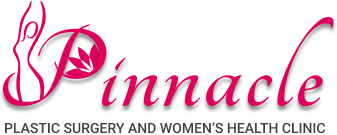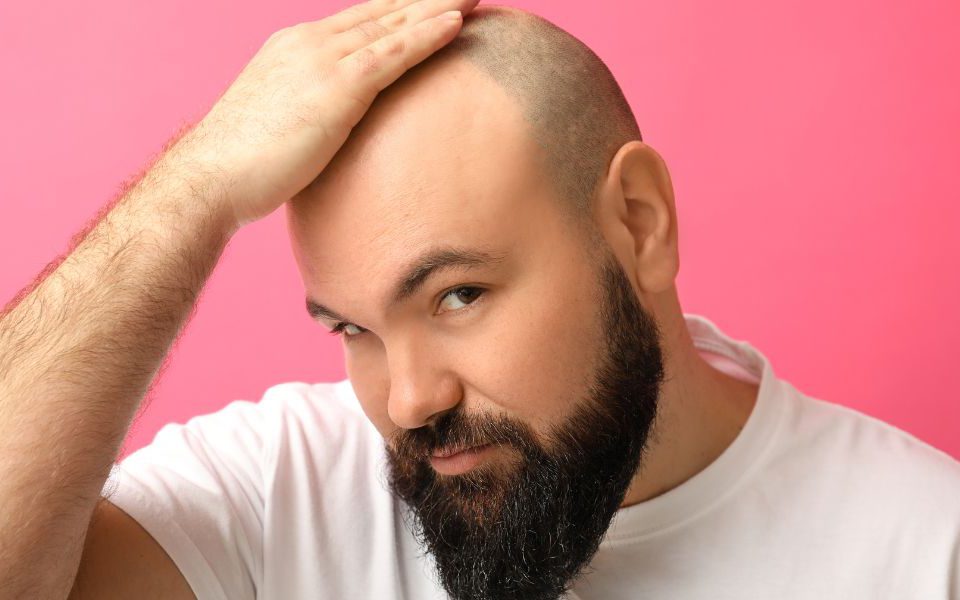- Have any questions?
- +91 80815 98454
- pinnaclepswh@gmail.com
Rhinoplasty Surgery: All You Need To Know About It

Mommy Makeover – Your Chance At A Better “You” in 2020
June 25, 2019Rhinoplasty Surgery: All You Need To Know About It
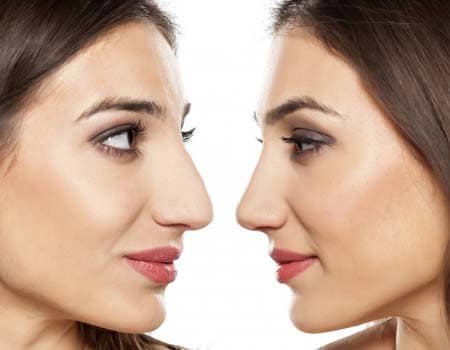
As far as cosmetic surgeries go rhinoplasty or nose surgery (as it is commonly known) is one of the most popular choices in India. The nose is a dominant part of our face and its shape and looks define the face. An unshapely nose or a misshapen nose could lead to downgrading the overall visual appeal of the face. Many people suffer from low confidence or an inferiority complex issue because of the way their nose looks. Some people have respiratory problems due to obstruction in the nasal canal. Both of these problems can be fixed by a simple rhinoplasty surgery.
As a rhinoplasty surgeon, I have tackled different types of nose surgery cases. I have answered various questions on this topic during my one to one consultations. This blog is an “all you need to know” guide on rhinoplasty, which might help you in making the right decision for yourself.
A rhinoplasty is a surgical procedure performed to alter the appearance of the nose. A septorhinoplasty is often performed to correct any defects within the nose such as a deviated septum or nasal obstructions. A nose surgery is also performed to restore the nose to its original shape after it has suffered a major injury during an accident or any other unfortunate event. In a rhinoplasty surgery, the cosmetic surgeon changes the nasal cartilages or adds tissues to the nose, to aesthetically improve the appearance of the nose for the patient.
There could be several different reasons why patients opt for a nose surgery. Rhinoplasty surgeons in India are known to perform nose surgeries which start from a slight alteration of the structure of the nose right up to the restoration of the nose to the original shape in case of accidents or injuries.
Following are certain issues that patients commonly face that lead to a rhinoplasty:
Asymmetrical Nose – The shape of the nose is asymmetrical or twisted or a deviated septum. A deviated septum is a serious medical condition in which the bone and cartilage that divide the nose into half, is not aligned to the centre. It may be leaning towards either the right side or left side. This condition causes obstructions in breathing for the patient. A rhinoplasty can resolve these issues.
Dorsal Hump on Nose – A dorsal hump is a deformity related to the nose. It is a bump on the bridge of the nose which makes the nose look misshapen. Often times a dorsal hump is not visible when viewed from the front in photographs, but it is clearly visible in side profile pictures.
Unshapely Nasal Tip – Some patients have an overly roundish nasal tip or an unshapely nasal tip with no other problems on the nose. A rhinoplasty surgeon can alter the nasal tip through nose surgery.
Drooping Nasal Tip – When the nasal tip is at an angle of less than 90 degrees with the upper lip, this condition is called a drooping nose. Such a nose reduces the overall good looks of the patient’s face.
Undesirable Nose Width – Some patients have noses which are wider than normal symmetrical proportions. A wide nose can make a person’s face look flatter and less desirable.
Accidents/Injuries – A patient who has undergone a traumatic situation such as an accident or an injury which results in major alterations in the structure of the nose, can opt for a rhinoplasty to restore the nose to its original condition.
Obstruction in Breathing – The nasal valve is the narrowest part of the nose. In case there is a collapse in the valve or further narrowing of the valve, then patients face obstructions in breathing. This can be easily rectified through a rhinoplasty surgery.
Rhinoplasty is one of the most delicate and complex surgical procedures in plastic surgery. It is also a procedure that affects the patient’s everyday life since the nose is a prominent facial feature.
Following are the different types of rhinoplasties:
Open Rhinoplasty – An open rhinoplasty is the one where a doctor makes incisions on the outside of the nose to perform the surgery. Generally, rhinoplasty surgeons do not opt for an open rhinoplasty since it results in permanent scarring. But in cases of severe damage to the nose, there is no way of avoiding an open rhinoplasty.
Closed Rhinoplasty – A closed rhinoplasty is the most common forms of nose surgeries in India. Under this procedure, the incisions are made inside the nose, which means there is no visible scarring on the outside of the nose.
Non – Surgical Rhinoplasty – A non-surgical rhinoplasty is a primarily non-invasive procedure in which injectable fillers are used to alter the shape of the nose of the patient. This is one of the safest nose jobs to undergo as a patient.
Revision Surgery – Many times the patient is unhappy with the first outcome of the nose surgery and hence may opt for a second surgery to reach the desired results.
An ideal candidate for a rhinoplasty surgery can be anyone (male or female) who is unhappy with the appearance of their nose or has breathing problems due to issues in the nasal airways.
Apart from this following are some of the conditions that can make you an ideal candidate for nose surgery:
1. You are a legal adult. This criterion is important because the bones and the muscles in the face are fully developed by the time one reaches adulthood. In case of children or teenagers, the face is yet to fully form and hence a rhinoplasty cannot be performed on underage patients.
2. You have no major health issues. A patient for rhinoplasty needs to be in an overall good health condition.
3. No smoking. Since rhinoplasty is directly related to your nose, the best rhinoplasty surgeons in the world have recommended that the patient who wishes to undergo a nose surgery needs to be either a non-smoker or must give up smoking one month prior to the surgery.
According to the Indian Medical Association, a doctor who has an M.Ch/DNB degree from an accredited medical college in India is qualified to be a plastic surgeon.
Another important factor when choosing the best rhinoplasty surgeon is your comfort level during interactions with him/her. You can also take a look at previous patients’ testimonials to understand the overall feedback about the doctor.
Pre-surgery consultations are a vital element leading up to the actual surgery. A consultation with the rhinoplasty surgeon will involve understanding what is a rhinoplasty, what are the risks that go with it, what is the pre-surgery and post-surgery care necessary and so on.
As a patient make your expectations clear with the doctor so as to reach a mutually beneficial output. Rhinoplastic surgeons these days take the images of the patient’s face and show them the alterations that can be performed using advanced software like Adobe Photoshop. This gives the patient an idea as to what their nose will look like after the surgery.
Get all your doubts cleared from the doctor. Do not hesitate to ask questions that may seem silly or slightly uncomfortable. It is best to have a 100% clarity before the surgery itself to avoid any type of conflicts later.
Your plastic surgeon may ask you to undergo certain routine blood and urine tests before the surgery. This helps them in establishing your health condition and alleviates any complications that may arise in the surgery.
The rhinoplasty surgeon may also ask you to stop certain medications prior to the surgery. Also, in case you are a smoker then you will have to stop smoking 4 weeks prior to the surgery. You cannot consume any foods or liquids (minimum) 6 hours prior to the surgery.
Make sure you reach the surgical clinic well before the actual time of the surgery. Wear loose-fitting clothes (ensure that none of the clothes need to be pulled over the head).
Follow all the pre-operative instructions given by your doctor. During the surgery, an anesthesiologist will give you anaesthesia. Your pulse and vitals will be monitored throughout the surgery. A rhinoplasty generally takes about two hours, but more time may be necessary if the case is complicated.
After the surgery, the doctor will ask you to rest in the clinic until the anaesthetic completely wears off. A nasal splint will be attached to your nose after the surgery. You cannot remove this since it is essential to the setting and healing process of your nose. Generally, the doctor will remove this splint after a week of the nose surgery.
There will be swelling on the upper lips, near the eyes, cheeks and some bruises may also be visible. Regularly using an ice pack will help to subside the swelling over a period of two weeks.
Your diet during your recovery should be soft and nutritive. Avoid eating spicy food which might result in coughs or sneezing.
A little bleeding is normal after rhinoplasty, but in case you observe that you are bleeding excessively, then immediately get in touch with your rhinoplasty surgeon. The best rhinoplasty surgeons give medication to reduce the pain as well as edema post-operation.
A full week’s rest is essential when recovering after a nose plastic surgery. You can slowly start resuming your activities after the nasal splint is removed and your doctor gives you an all-clear.
Since rhinoplasty is a surgical procedure, it comes with certain risks. As someone who is contemplating undergoing a nose job, you must be well aware of the risks involved. Please note that rhinoplasty is a safe medical procedure and all the risks mentioned below are rare occurrences.
1. Failure to resolve nasal obstruction, leading to continued breathing problems.
2. Chronic headaches post nose surgery.
3. Damage to the eyes or other facial structures.
4. Excessive bleeding may necessitate blood transfusion and hospitalization.
5. Chronic numbness near the upper lips and teeth.
6. The outcome of the surgery is not as desired by the patient.
7. Septal perforation (a permanent hole between the nose divider).
8. Failure to restore the nose to its original shape and size.
9. Damage to the sense of smell or taste.
10. Excessive dryness to the nose.
Nose surgery costs in India vary from city to city and surgeon to surgeon. The rhinoplasty cost is generally in the range of Rs. 40,000 to Rs. 2,00,000. A non-surgical rhinoplasty cost in India is slightly lower than surgical rhinoplasty. But the actual cost estimate will be given to you by your surgeon. Since every case is unique the skills required and the time required will be different. Therefore, it is better if you consult your rhinoplasty surgeon on matters of cost.
Unfortunately, major general insurance providers do not cover the cost of rhinoplasty surgery, since it is a cosmetic procedure. The ambit of health insurance is limited to essential medical expenses and surgical procedures. Since a nose surgery falls under aesthetics and plastic surgeries it will not be deemed as essential.
The nose is a prominent and defining feature of a person’s face. A beautiful and well-shaped nose, not only improves the looks of a person but also boosts their self-confidence. It makes them feel good about themselves and this reflects in all other aspects of their life. A rhinoplasty may be just a surgery but its impact is beyond the cosmetics, it is a beacon for the physical and mental wellness of a patient.
Rhinoplasty Before After Pictures
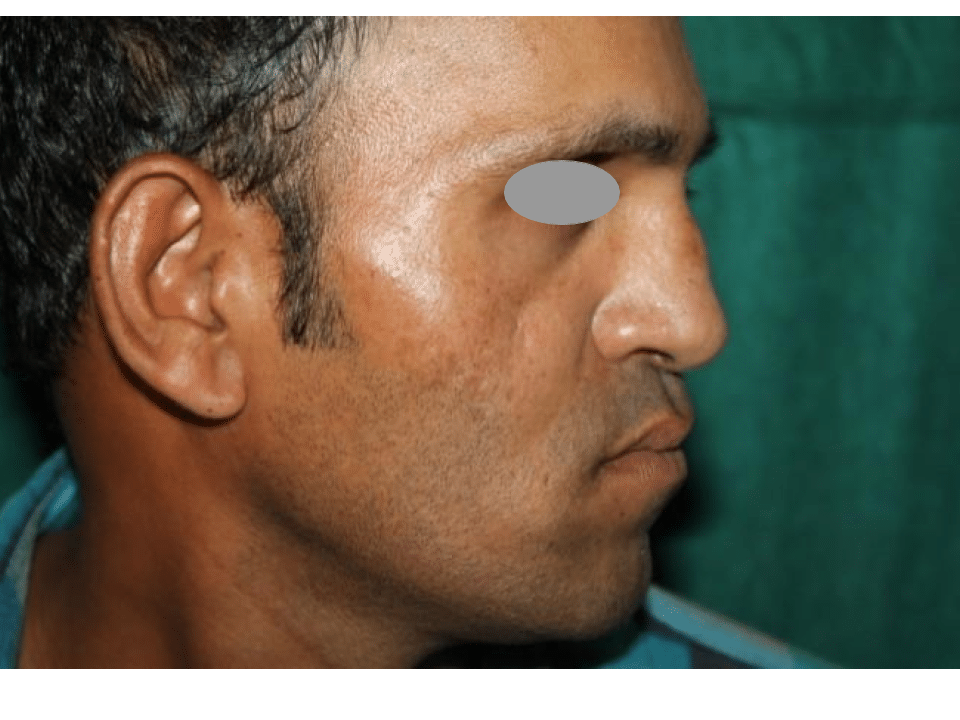
Case 1: Rhinoplasty with fat grafting of right cheek 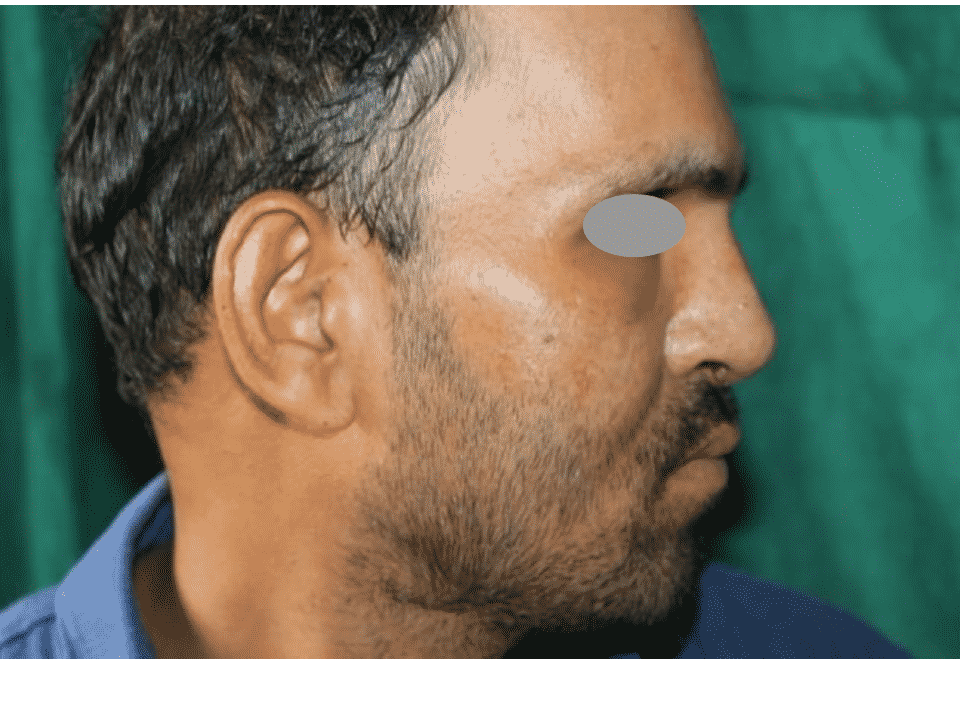
Case 1: Rhinoplasty after 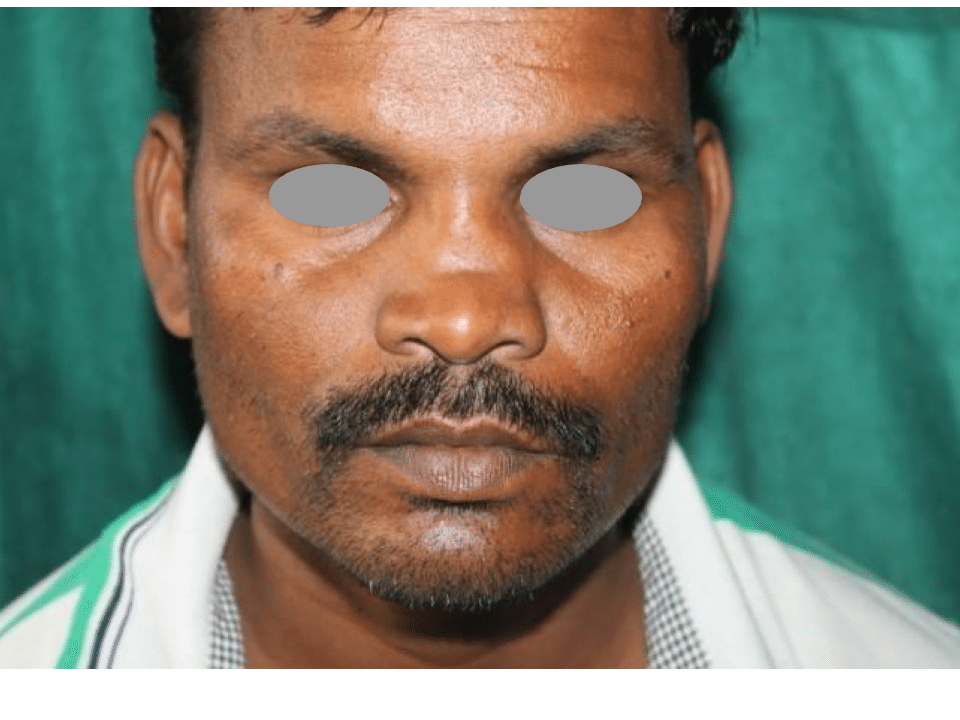
Case 2: correction of saddle nose deformity with rib cartilage 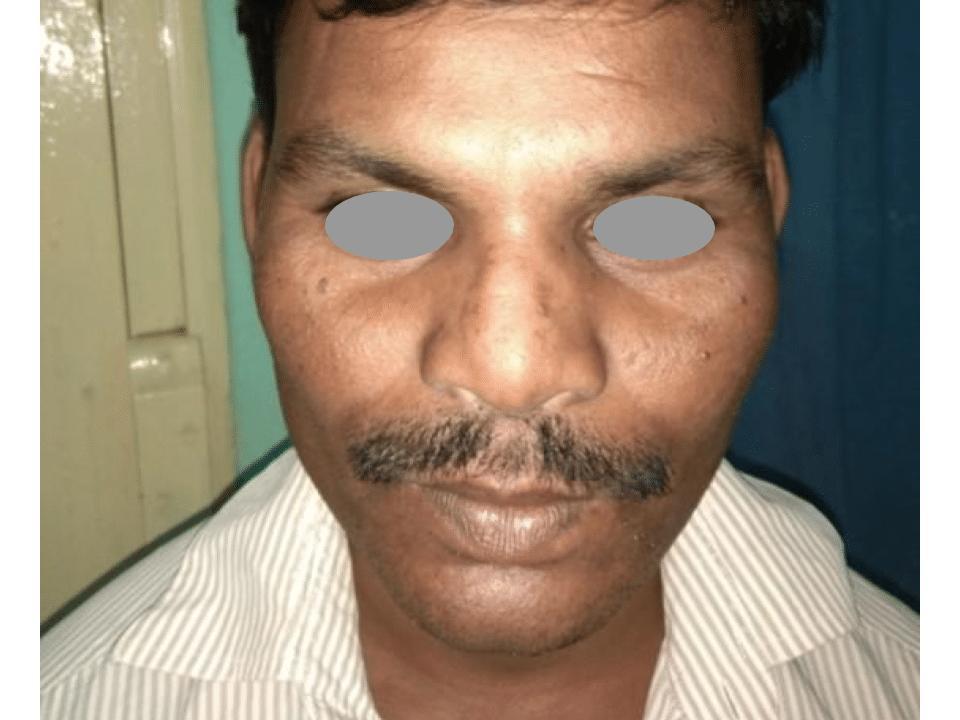
Case 2: Rhinoplasty After 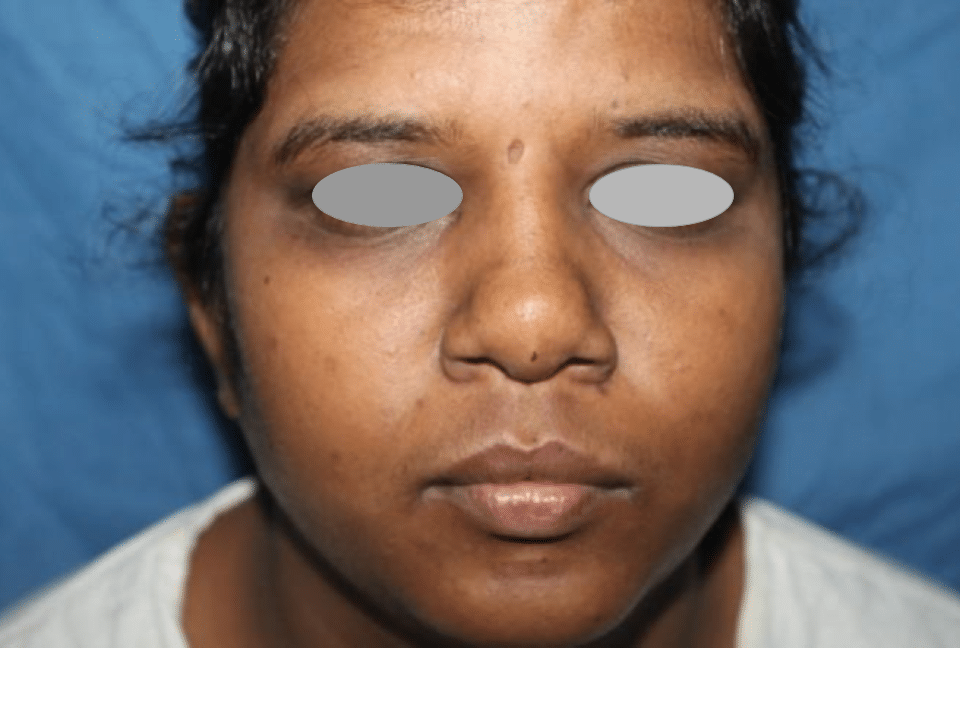
Rhinoplasty case 3: correction of tip 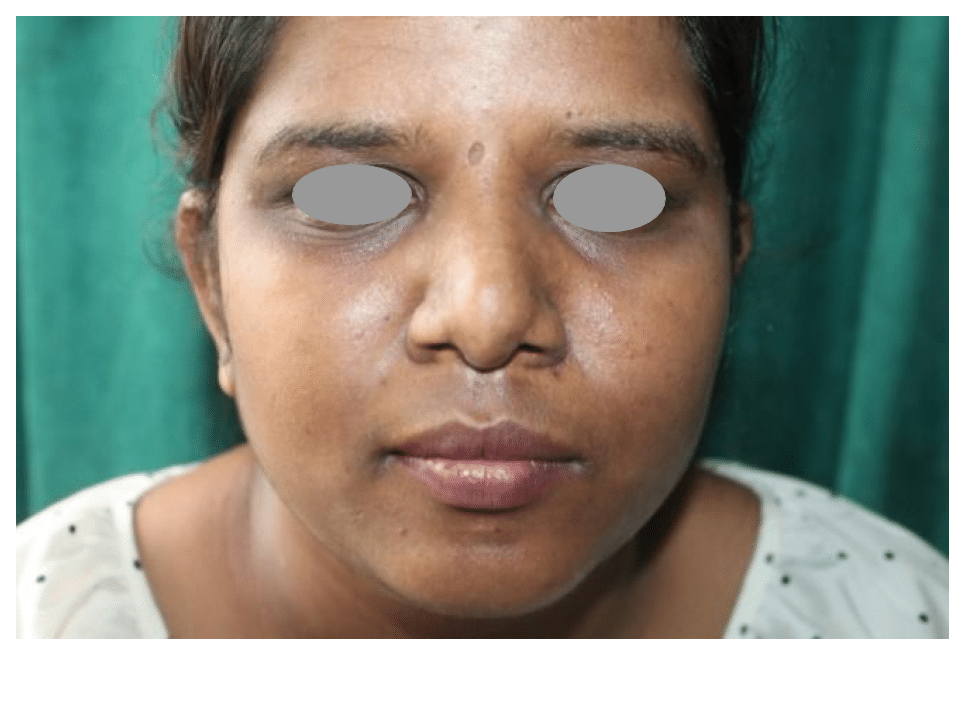
Case 3: Rhinoplasty after
